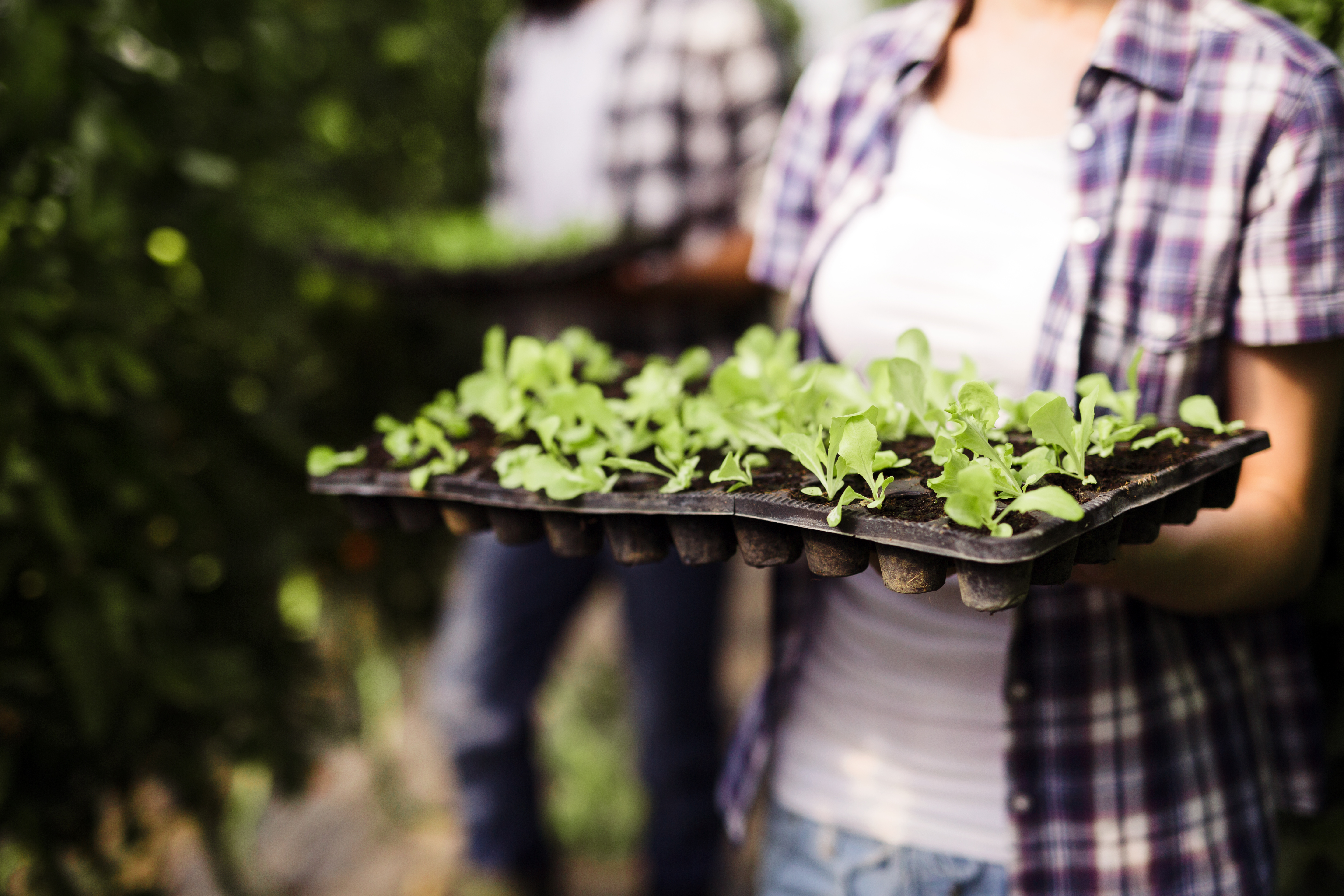Food Industry Encouraged to Innovate with New Novel Food Regulation
The term novel food may sound simple, but it’s much more than that. Chia seeds were once isolated to impoverished regions of Central and South America, and milk once only had a shelf life of 12 days. But thanks to the power of the novel food label, chia seeds are now a common healthy addition to diets around the world, and milk treated with UV light is not just safe, but extends milk shelf life to 21 days and increases concentration of vitamin D3. Along with countless other foods introduced to market, they must be proven safe for human consumption. The novel food label helps members of the European Food Safety Authority (EFSA) approve new products and get them to the public quickly.
In January 2018, European Legislation implemented the first update to regulation on novel foods, finally coming to an agreement based on talks that began in 2008. This is the first update to the novel food definition since 1997. The 1997 regulation defined a novel food as a “newly developed, innovative food, food produced using new technologies and production processes, as well as food which is or has been traditionally eaten outside of the EU” prior to 1997. This video from EFSA outlines the definition of Novel Food in simple terms. Regulations require that novel foods must be safe for human consumption, properly labeled, and must not be of poorer nutritional value than a food it is replacing.
Some of the key changes in this new regulation include six additional categories, such as minerals, cell cultures, and microorganisms, and also streamlines the process of getting novel foods approved. These new regulations give food businesses more freedom to innovate in the food space. A study has shown that about 20 percent of industry professionals are optimistic about the new regulation. Some examples of novel foods to the EU market are chia seeds, stevia, and, under the new regulation, whole insects. The European Commission has outlined the process for getting a novel food approved as well as some examples of other novel foods.
As technological advancements continue to surge in the food sector, it is important that food policies remain up-to-date. This new regulation makes it simpler for food businesses to get their products into market, which ideally will encourage more development and experimentation to enhancing food products. Many food companies today who are pushing for better novel food regulations have been inspired to experiment with food to search for diversity, alternative proteins, and new nutrients in plant varieties resilient to climate change.
Some trends in novel foods are reflective of the interconnectedness of our planet. While the label of novel food applies only to countries within the EU jurisdiction, some of these foods have been commonplace in communities around the world for centuries. One example of a novel food product is the bushy Moringa tree from India. Moringa has been used for centuries by different groups around the world due to its nutritional benefits. Thanks to recent food technology advancements, studies show that this tree could help fight deadly ailments such as cancer.

Many neglected and underutilised plant species could deliver great health benefits if allowed to circulate in the food market. The new regulations will make it easier to get these neglected foods on to the global stage.
What could be the greater impacts of bringing underutilised foods from remote parts of the world to a market like the EU? How could economy, culture and public health be affected? Share your expert opinion in our new exclusive group for Food Research & Development experts: https://lnkd.in/gPbemVb
This article was written by a member of The Food Tank.
More blog posts

Protein Diversification Think Tank BLOG

Farming in Europe: the changing landscape of food production








